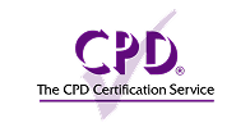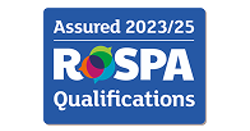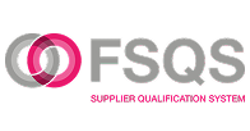Our comprehensive, accredited Health and Safety training catalogue covers a broad range of topics to help businesses create a culture of safety and promote a safe and secure working environment, ultimately protecting employees and stakeholders.
Empowering employees to understand relevant risks and mandatory health and safety requirements in the workplace, this training reduces the risk of legal repercussions and safeguards the reputation of your organisation, while ensuring all stakeholders are protected in the workplace.
- As the UK’s largest provider of health and safety training, we provide a wide range of eLearning courses addressing everything from specialist areas such as Safeguarding and Specialist Environments to fundamental training covering physical and mental wellbeing
- CPD accredited and produced and written by industry-specific subject matter experts
- Engaging and accessible content, including real-life scenarios and bitesize modules
- End of course assessments to ensure knowledge retention and provide effective reporting to governing bodies
- Robust reporting and powerful tracking to ensure compliance and peace of mind.
A holistic approach to safety in the workplace, that includes not just Manual Handling training but a wide array of health and safety courses, is crucial for businesses in maintaining its reputation and building strong and successful teams.
See what training is included in our broader health and safety training suite.


 AU & NZ
AU & NZ
 SG
SG
 MY
MY
 US
US
 IE
IE





























